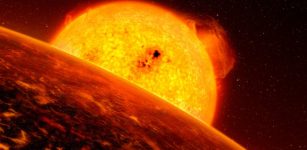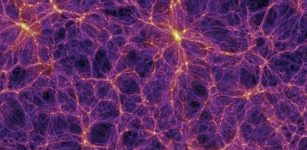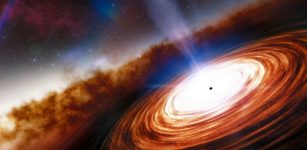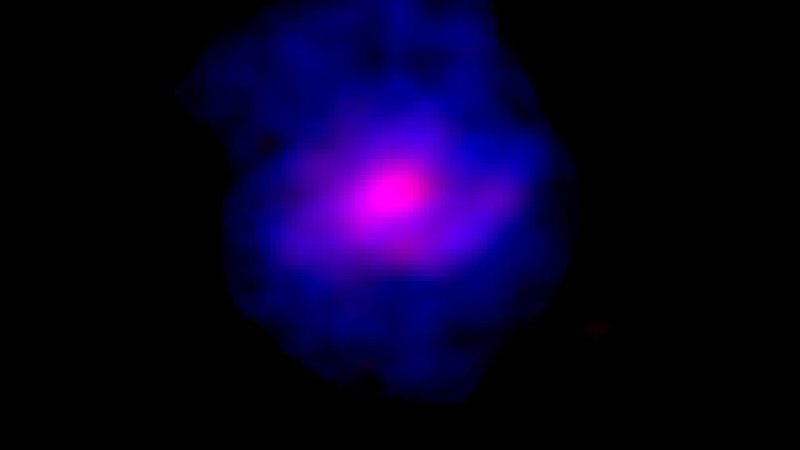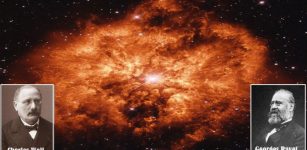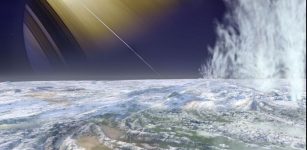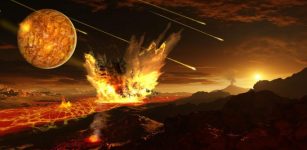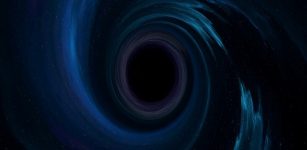Most Massive Neutron Star 4,600 Light-Years From Earth – Discovered
Eddie Gonzales Jr. – MessageToEagle.com – Astronomers discovered the most massive neutron star to date, a breakthrough uncovered through the Green Bank Telescope in Pocahontas County.
The neutron star, called J0740+6620, is a rapidly spinning pulsar that packs 2.17 times the mass of the sun (which is 333,000 times the mass of the Earth) into a sphere only 20-30 kilometers, or about 15 miles, across. This measurement approaches the limits of how massive and compact a single object can become without crushing itself down into a black hole.
 Neutron stars are the compressed remains of massive stars gone supernova. WVU astronomers were part of a research team that detected the most massive neutron star to date. Credit: B. Saxton (NRAO/AUI/NSF)
Neutron stars are the compressed remains of massive stars gone supernova. WVU astronomers were part of a research team that detected the most massive neutron star to date. Credit: B. Saxton (NRAO/AUI/NSF)
The star was detected approximately 4,600 light-years from Earth. One light-year is about six trillion miles.
“The discovery is one of many serendipitous results that have emerged during routine observations taken as part of a search for gravitational waves,” Maura McLaughlin, Eberly Distinguished Professor of Physics and Astronomy, said, in a press release.
“At Green Bank, we’re trying to detect gravitational waves from pulsars. In order to do that, we need to observe lots of millisecond pulsars, which are rapidly rotating neutron stars. This (the discovery) is not a gravitational wave detection paper but one of many important results which have arisen from our observations.”
The mass of the pulsar was measured through a phenomenon known as “Shapiro Delay.” In essence, gravity from a white dwarf companion star warps the space surrounding it, in accordance with Einstein’s general theory of relativity. This makes the pulses from the pulsar travel just a little bit farther as they travel through the distorted spacetime around the white dwarf. This delay tells them the mass of the white dwarf, which in turn provides a mass measurement of the neutron star.
Neutron stars are the compressed remains of massive stars gone supernova. They’re created when giant stars die in supernovas and their cores collapse, with the protons and electrons melting into each other to form neutrons.
To visualize the mass of the neutron star discovered, a single sugar-cube worth of neutron-star material would weigh 100 million tons here on Earth, or about the same as the entire human population.
While astronomers and physicists have studied these objects for decades, many mysteries remain about the nature of their interiors: Do crushed neutrons become “superfluid” and flow freely? Do they breakdown into a soup of subatomic quarks or other exotic particles? What is the tipping point when gravity wins out over matter and forms a black hole?
“These stars are very exotic,” McLaughlin said. “We don’t know what they’re made of and one really important question is, ‘How massive can you make one of these stars?’ It has implications for very exotic material that we simply can’t create in a laboratory on Earth.”
Written by Eddie Gonzales Jr. – MessageToEagle.com Staff

